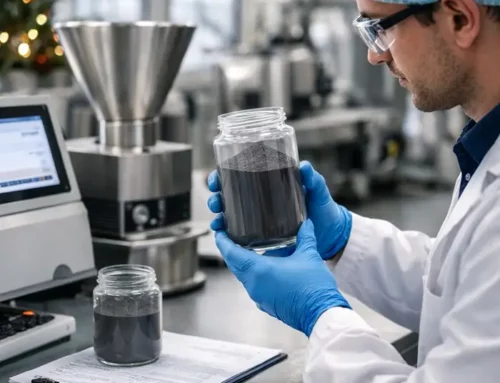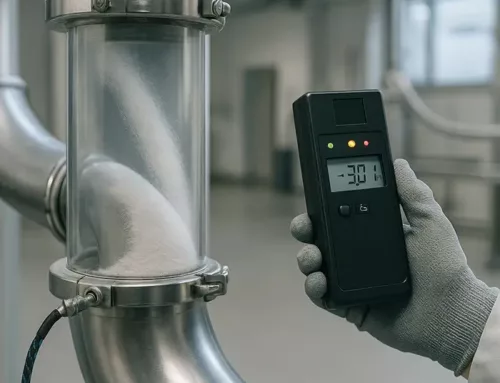
The term “atom” originated in ancient Greece around 400 B.C., stemming from atomos, which means “indivisible” or “uncuttable.” While the term persists, science now shows that atoms can split through fission reactions. Yet, atoms remain the foundational particles of matter, each uniquely defining an element on the periodic table.
Atoms begin their journey to human use when mined from the Earth. We extract them from underground, open-pit, and placer mines, and through in situ mining for uranium ore. These mined resources, each with distinct characteristics, undergo processing to support infrastructure, technology, and other systems that demonstrate human progress.
Without particle science and powder processing, we wouldn’t have our extensive range of metal alloys, composites, plastics, and synthetics. Technologies like semiconductors and advanced microscopes rely on these particle innovations. Thus, our world brims with items made possible by powder technology, reflecting our scientific and technical evolution.
Essential Elements and the Role of Powder Processing in Modern Industries
Challenges in Powder Processing and Particle Control
Powder processing is crucial in modern manufacturing and will keep expanding as demand for customized particles and precise tolerances grows. Managing powders involves complex factors impacting bulk materials and processing equipment. Through stages like mining, transport, storage, and final processing, particles interact with their environment and each other, often leading to unintended reactions.
Key particle properties, such as flowability, density, size, texture, and compaction force, are influenced by various interactions. These factors require careful control to meet specific design standards. Challenges like agglomeration, clumping, rat-holing, caking, and dissolution delays can cause particles to adhere, leading to production and storage issues that risk product quality.
Additional factors, including shearing, powder bridging, electrostatic build-up, flow rate, solubility, breakage, segregation, abrasion, contamination, dust control, and degradation, all influence powder behavior during storage, handling, and processing. Effectively minimizing these effects is essential to produce high-quality powdered products from mining to final stages.
Consumer Demand and the Drive for Innovation in Powder Technology
Human curiosity drives ongoing powder processing research, refining particles with tighter tolerances and improved sustainability. Consumer demand accelerates these advancements, as people seek faster, high-quality products with transparency and authenticity. This push motivates industries to adopt Industry 4.0 technologies like AI, robotics, machine learning, and automation.
For example, the global baby powder market is expected to reach $1.3 billion by 2027. This growth, driven by consumer awareness and regulations, spurs advances in powder technology, including particle conductivity. Increased interest in vegetable powders, lead-free paints, faster semiconductors, and denser batteries reflects the broad push for enhanced powder applications across various markets.




